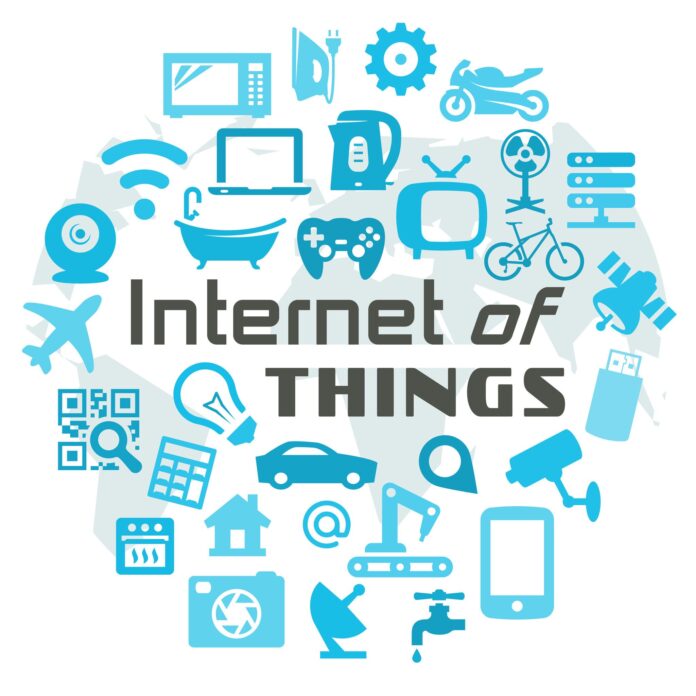LTE is all about high-speed data and lots of it, right? Not always. If your goal is to connect factory equipment, cargo containers or utility meters to the Internet, you probably don’t need to transmit a lot of high-speed data in real time. You do need to find inexpensive ways to connect your equipment, and you need to be able to monitor it remotely without recharging its batteries each day.
Many “Internet of Things” use cases require low-cost connectivity solutions that can transmit intermittently in order to conserve battery life. This argues for low data rates instead of the super-fast speeds that carriers like to advertise.
“We know that IoT is not really a one-size fits all application space; it’s very diverse and so are the connectivity requirements within,” said Craig Miller, VP of worldwide marketing at Sequans, a French company that aspires to be the leading maker of LTE chipsets for IoT. “We believe LTE is responding to that diversity and that need,” Miller said.
LTE has categories for low data rate transmissions. Category 0 LTE caps both the uplink and downlink at 1 megabit per second. Category 1 LTE caps uplink speeds at 5.2 Mbps and downlink speeds at 10.3 Mbps. These are maximum data transmission rates in ideal conditions; actual transmission rates tend to be much lower. The data rates are lower because the spectrum bands are narrower in lower categories of LTE.
“It’s possible to segment the [LTE] channels,” explained analyst Robin Duke-Woolley of Beecham Research. “If you divide them up enough times you can get to a much lower data rate.” Lower data rates mean less power consumption and fewer antennas, meaning module costs can be lower.
Miller said some IoT use cases, like connected car media applications, will require broadband LTE. Category 1 LTE is appropriate for other use cases, like asset tracking or fleet monitoring. Sequans said it was the first company to launch a Category-1 chipset, and was followed by Altair. Sequans’ Cat-1 chips have been certified by Verizon Wireless, and AT&T has certified the Altair chipset.
What’s ahead
3GPP is working on standards for three new cellular IoT technologies: extended coverage GSM, enhanced machine type communications (also called LTE-M) and narrow-band IoT. The industry expects specifications for EC-GSM, LTE-M and for the narrow-band radio interface sometime during the first half of 2016.
Nokia, Ericsson and Intel are working together to develop and bring to market the products needed for the commercialization of NB-IoT. Nokia supports NB-IoT as an evolution of LTE-M, saying although it is designed for use in the 200 kilohertz band, it can also share spectrum with existing LTE networks, meaning it can be deployed without the need for additional radios or antennas.
“We believe in building an ecosystem around NB-IoT to speed up the take up of the ‘Internet of Things,’” said Stephan Litjens, Nokia’s VP for portfolio strategy and analytics. “This development will bring consumers benefits such as enhanced and improved connectivity of devices, and at lower cost.”
On-demand feature report: IoT Opportunities for Carriers and Vendors
Follow me on Twitter.

